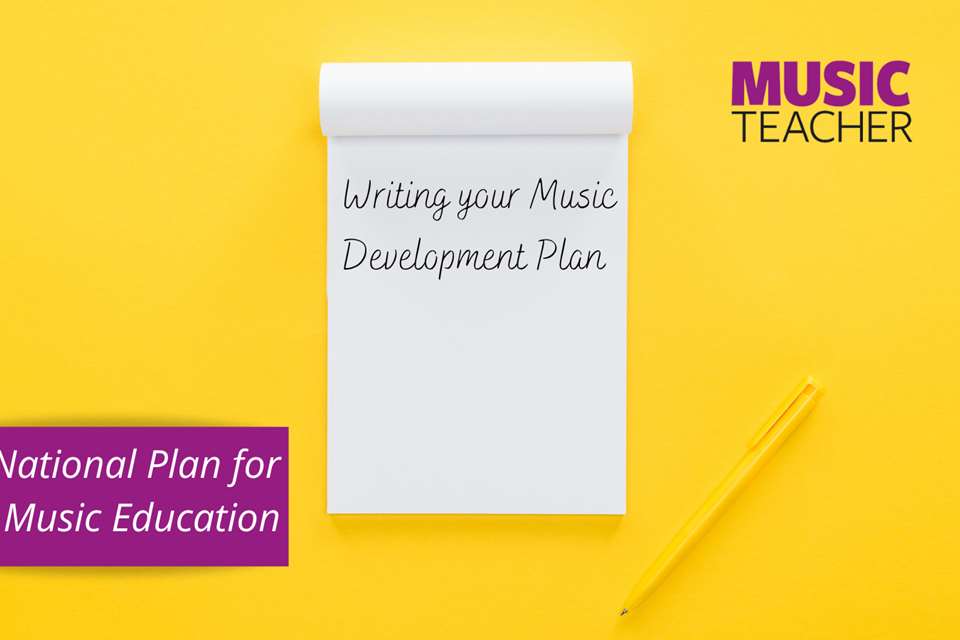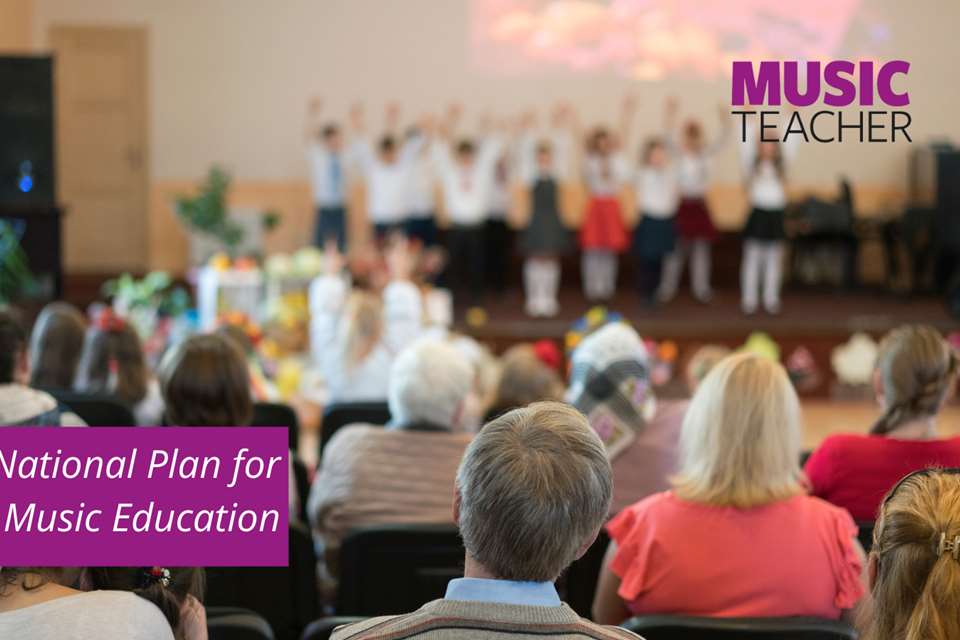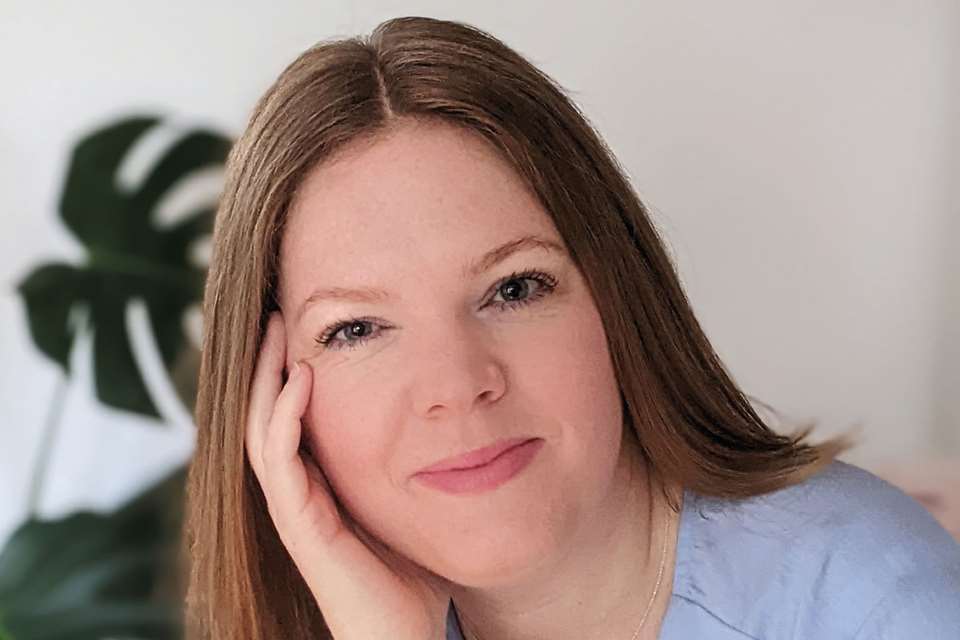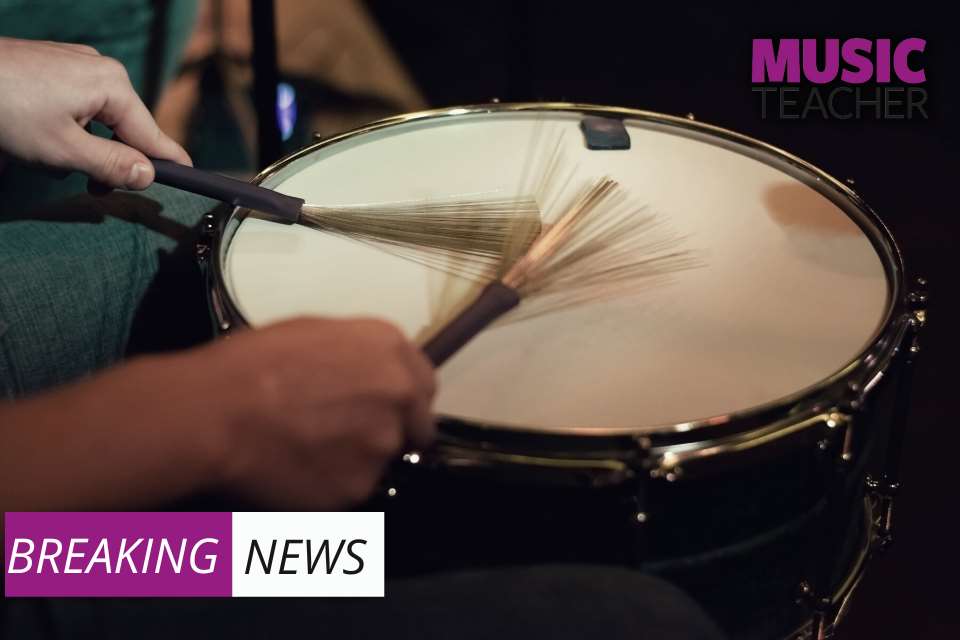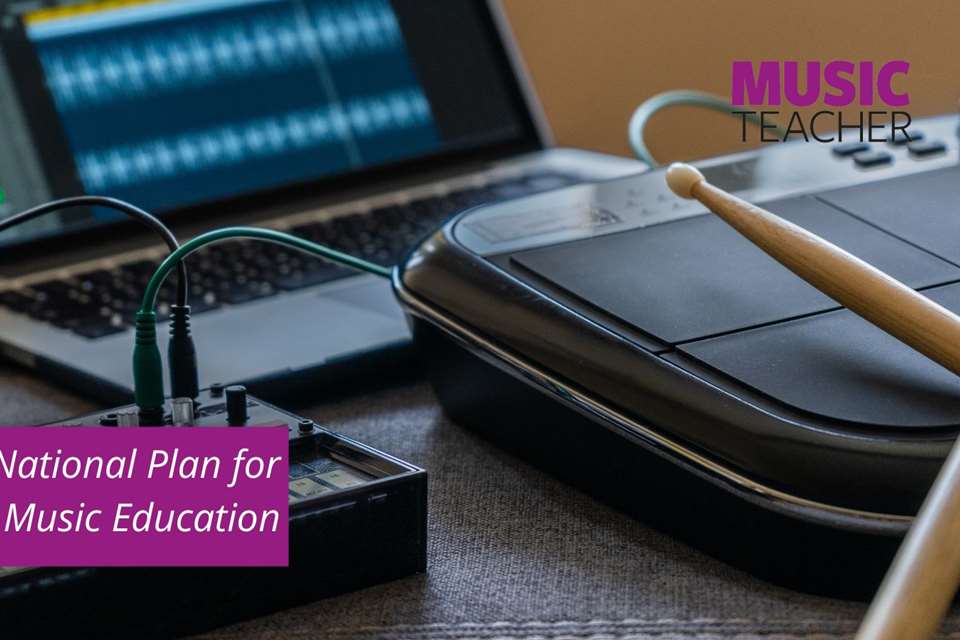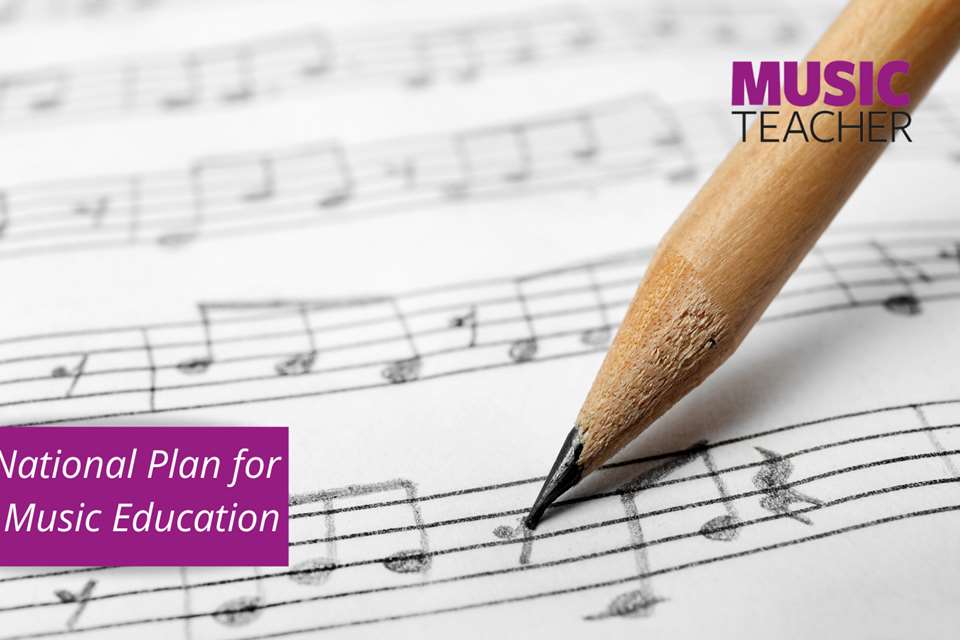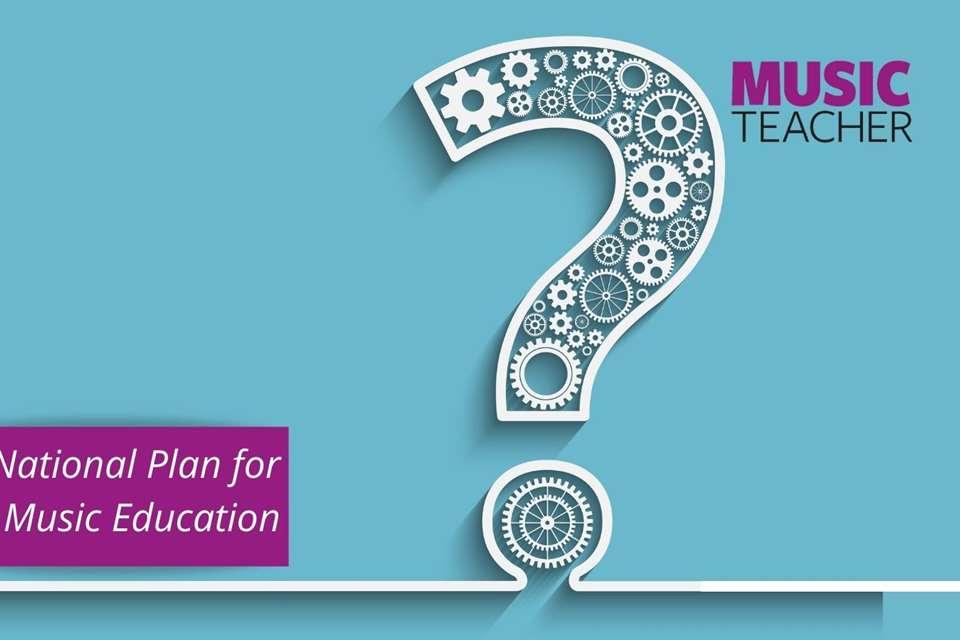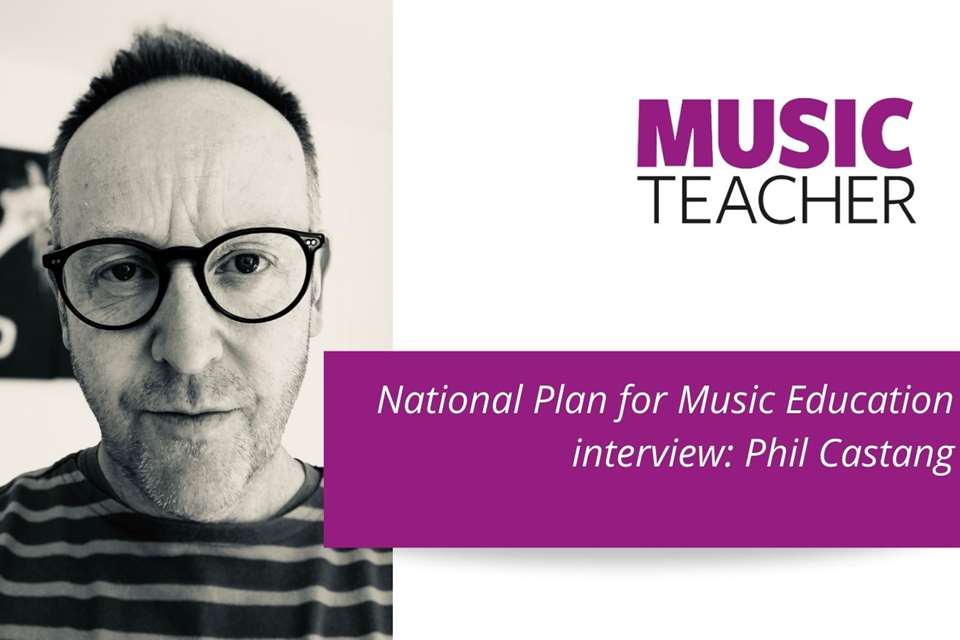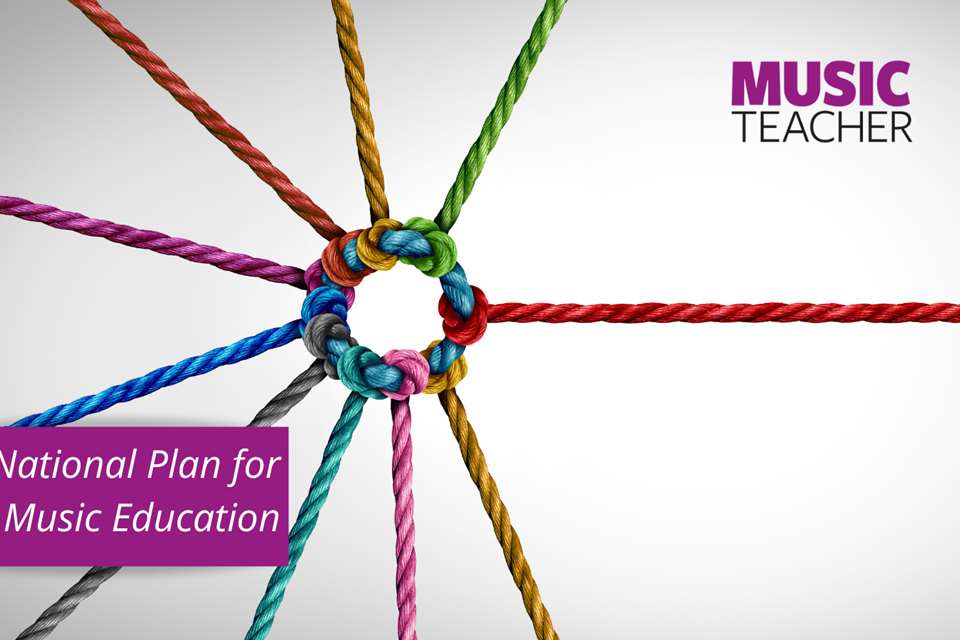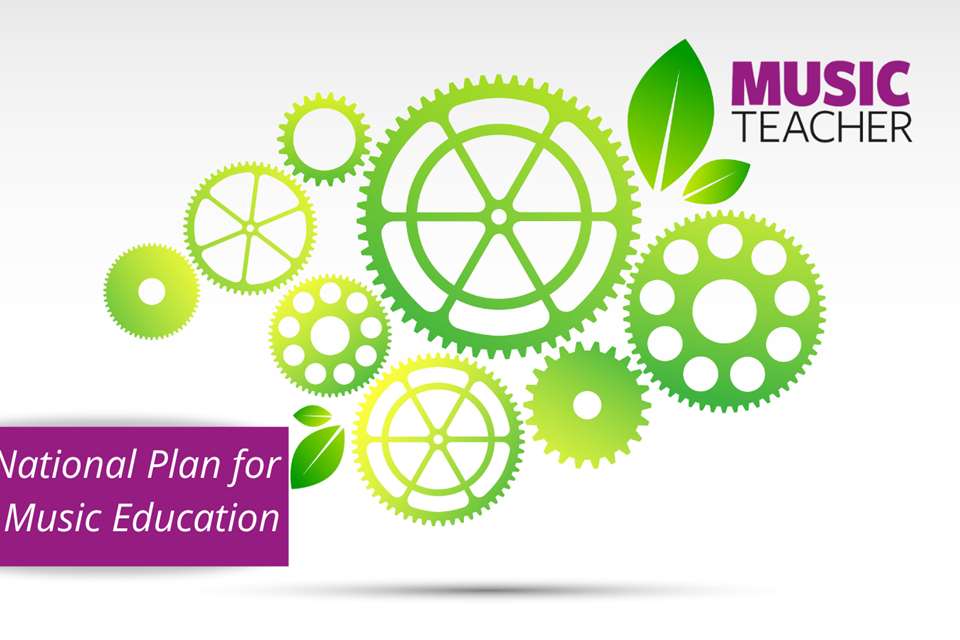A practical guide to writing a primary school Music Development Plan
Karen Marshall
Thursday, September 1, 2022
Are you a primary school music lead feeling overwhelmed about the prospect of writing a Music Development Plan? Karen Marshall has written a comprehensive guide accompanied by an editable template for you to fill in.

When the new National Plan for Music Education (NPME) landed on 25 June, it included the below statement with a deadline of September 2023: ‘In partnership with their music hub, we would like every school (including multi-academy trusts) to have a Music Development Plan that captures the curricular and co-curricular offer and sets out how it will be staffed and funded.’
With the National Plan arriving just before the end of the summer term, and as schools are still grappling with the effects of the pandemic, it is a relief that the request for an individual school Music Development Plan has a deadline of September 2023. For many schools – particularly primary schools, potentially with non-specialist music leads – pulling this document together is quite a demand. To prevent ‘blank piece of paper panic’, this article aims to give schools a helping hand to get this document written sooner rather than later. If you have a colleague in another school who doesn't subscribe to MT, the accompanying Word document template is free for anyone to download, and this article will be free to read after one month. This has been especially tailored to primary music leads.
Planning the plan
Writing a Music Development Plan is likely to be time worth spent; having such a document will help to put music at the heart of any school. It will enable headteachers and their music lead, (hopefully alongside a music specialist and visiting music teachers) to work towards a music education that all their children deserve.
Schools are also encouraged to work with their local music hubs, although this is likely to be dependent on the capacity of their local hub. Many colleagues continue to report that music hub support is extremely variable, resulting in what some perceive as a ‘postcode lottery’ music education. Some kind of hub monitoring system would be most welcome, and we already know that Arts Council England's new Music Hub Investment Programme will see the number of music hubs reduced, which may help streamline provision nationally.
Achieving the ambitions of a document needs to be done over time; Rome wasn't built in a day, and headteachers have 11 foundation subjects to juggle, including music. Realism is vital.
First of all, a school needs to decide who is going to write the plan. This is likely to be the music lead, so clearly defining their role would be helpful. They will be implementing the plan for the most part.
Below there is a general definition of the music lead's role in a school. This is different to a primary school music specialist, whose main role is to deliver music lessons in classes. Some music leads (especially if they are a specialist) may do most of the teaching as well as leading. This is the case for myself; however, I am still supported by additional visiting music teachers who run ensembles, whole class ensemble lessons, and early years classroom lessons, depending on the school I am in.
Ofsted is concerned about schools becoming too dependent on one person, so having an invested team around the lead is important, along with succession planning. Who could take over if you weren't there as the music lead and specialist music teacher?
Music lead example definition:
A middle leader aims to develop an outstanding curriculum, delivery of, and outcome for their subject, including writing the curriculum and all other associated documentation. They teach the curriculum, but also support others across the school (this may be specialists or classroom teachers for music). They monitor teaching and learning of all children to ensure consistency in standards and that learning is embedded.
The NPME encourages music leads to facilitate a programme of extra/co-curriculum activities including a school choir, orchestra/ensemble, termly school concerts, whole school singing assemblies, and once-a-year opportunities to see live music.
They should also coordinate a programme of visiting music teachers and at least one term (ideally a full year) of classroom instrumental teaching (previously referred to as whole class ensemble teaching, or WCET). They are the main contact with the local music hub, work in partnership where possible, and communicate the music offer to parents, including on the school website.

Auditing your current provision
What needs to be ‘developed’ in your music provision? Firstly, you need to audit where you are. The NPME is very specific about its ambitions for primary schools. On p.21, it reads:
The School Music Development Plan should set out how the school will deliver high-quality music provision for all pupils in the three areas of curriculum, co-curricular and enrichment, and against the key features set out above:
- timetable curriculum music of at least one hour each week of the school year for Key Stages 1 to 3
- provide access to lessons across a range of instruments and voice
- develop a school choir and/or vocal ensemble
- develop a school ensemble/band/group
- provide space for rehearsals and individual practice
- develop a termly school performance
- provide opportunity to enjoy live performance at least once a year.
The following additions are mentioned elsewhere in the document:
- Write and publish a Music Development Plan by September 2023 latest: including curriculum, co-curricular and enrichment (include EYFS and SEND); staffing and budgets. Link this with school and trust development plans.
- Build a musical culture in early years providers and schools where music is valued.
- Ensure music lessons are delivered by a designated music lead and ideally a music specialist.
- Ensure that singing is a core element in the provision with daily singing and singing assemblies considered.
- Produce and implement a high-quality music curriculum by adopting the Model Music Curriculum (2021) or implementing a curriculum that is at least comparable in breadth and ambition.
- Work in partnership with the local music hub and their providers.
- As a school, highlight progression opportunities for children to access ensembles in the wider community provided by the music hub and their partners.
Looking at each of these 14 demands in turn and asking the questions below will provide you with the analysis to decide what you should include in your plan:
- Where are we now?
- Where do we want to be?
- How will we get there?
- Resources, timings, problem solving and long-term plans
You could make a simple table in Word, like this example:
| NPME recommendation | Where are we now? | Where do we want to be? | How will we get there? | Resources, timings, problem solving and long-term plans |
| One hour of high-quality music per week |
Audit example
Let's look at one of these for potential solutions in a school with limited visiting music teachers and no music specialist teaching in the school.
NPME recommendation: Timetable curriculum music of at least one hour each week of the school year for Key Stages 1 to 3.
Where are we now? No specialist music delivery across the school. Currently, classroom teachers deliver this when they can fit it in using an online scheme. This is ad hoc and nowhere near the weekly one hour.
Where do we want to be? A specialist whole school music assembly (30 minutes weekly). Class teachers deliver at least 30 minutes of general music lessons each week; provide teachers with the Model Music Curriculum with a focus on the suggested listening pieces; termly composing workshops for all classes with a specialist provided by the music hub (funded by the school – request funding from Parent Teacher Association if budgets are tight as all children will benefit).
How will we get there? Ask the visiting singing teacher to lead the music assembly (contact the hub if you don't have one currently). Provide them with the Model Music Curriculum (or similar) with songs and musicianship suggestions included. Review available schemes and find one that teachers are likely to use. Monitor its use. Contact the local music hub for a specialist who can deliver a termly one-hour composing session across the school. (If in a trust) speak to other schools – there may be a music specialist within the trust who is able to deliver teaching one day a week.
Resources, timings, problem solving and long-term plans. Speak to the visiting music teachers (or the local music hub to find out what cost-effective specialist support is available). Can specialist music teachers who are part of the academy trust help? Can anyone do a music assembly with singing, musicianship and listening activities included? Subscribe to the free trials of Sing Up, Music Express, Kapow, Music Playtime (E-Music Maestro – EYFS and Key Stage 1) and Charanga schemes. Get all staff to try each in their classrooms. Decide on one that most teachers are comfortable using.
Investigate getting a music specialist in for future years who could cover PPA so all or some class teachers are free to focus on other foundation subjects, along with increasing the quality of delivery of music across the school. Specialist delivery is recommended in the Plan.
What format should your Music Development Plan take?
‘All schools should produce a Music Development Plan in a form that works for them, and while producing one is not a statutory requirement, we would encourage schools to develop them over the course of next academic year (i.e. from September 2022), to help drive improvements in provision for all children and young people, with the aim of having a revised or new Music Development Plan in place for academic year 2023/24 at the latest. (p.22)
This gives schools the freedom to develop a plan that works for them and fits within the wider workings of their school. Having this flexibility is helpful.
What should you include in your plan now that you know what is expected, have audited where you are in relation to the NPME, and the format is up to you?
Let's again go back to the National Plan to see what it says about purpose and specific content of the plan you are writing. On p.22, the NPME says that a Music Development Plan will help a school to:
- Engage critically with its music offer
- Feed music into wider school improvement
- Open a dialogue with music hubs both to enhance in-school provision and connect pupils to broader opportunities
- Publicise their music offer to pupils and parents, including on the school website, so they have an understanding of what to expect.
The specifics can also be found within the NPME. On p.18, we read: Schools should aim high with their music provision, to embed and exceed the national curriculum and to support their pupils to realise their musical potential. A high-quality school music education consists of three distinct but interlinked areas of provision:
- Curriculum music, compulsory from Key Stages 1–3, then optional for examination classes.
- Instrumental and vocal lessons, and ensemble membership.
- Musical events and opportunities, such as singing in assembly, concerts and shows, and trips to professional concerts.

Concluding thoughts
A pilot never gets into a plane without a flight path. Producing a Music Development Plan can provide a music education flight path for schools to improve their music offer. There is no doubt that much creativity is needed due to lack of funding provided specifically for the increased demands. Hopefully, creative practice can be shared, and schools (given enough time) will be able to find a route forward that is right for them.
Example Music Development Plan
A skeleton example plan is provided here with examples of possible content. A blank template with prompts is available to download and fill in. A recorded Q&A with the author of this article can also be found below.
| Music Development Plan | |
|---|---|
| 1 – Overall objective | To provide an extensive, diverse, and progressive music curriculum for all children within school (during school hours and before/after school). This will be delivered through outstanding music teaching and leadership. This will include an ‘all year round’ programme of performance in school and out of school, making X school a leading light in music education within the local community, City of X and beyond. This will also maximise cultural capital for all our children, their overall wellbeing and confidence, while creating a supportive community of music making. |
| 2 – Key components |
|
| 3 – Classroom instrumental teaching | Whole class violin for Year 4; assess which children show particular interest and offer small group lessons with visiting music teachers; provide leaflet for first strings group run at the local music service within the second term after the whole class provision. |
| 4 – Implementation of key components |
NB: This would be filled out in more detail, perhaps with documents attached. Music curriculum – EYFS, KS1, KS2, SEND. Listening curriculum and school song bank (see MMC or resource subscription). Classroom instrumental teaching – see box above. Progression from classroom instrumental teaching – develop a simple way of tracking students’ progress and identifying potential; research individual talent development programmes for students showing potential. Visiting music teachers – recruitment of staff and students. Links with external music organisations – to support recruitment of children for instrumental and before/after school activities, alongside inspiring future musicians and opportunity to see a live concert. Foster relationship with local music hub – what are the opportunities? Maintain ongoing contact. Music Mark Membership – working towards their award. Pupil Premium student engagement – how can we recruit Pupil Premium students into instrumental lessons and wider activities? Succession planning and CPD – Train a level 3/high level teaching assistant (HLTA) to deliver KS1 music to support the wider school curriculum and increase capacity of music delivery beyond the music lead/specialist. Investigate covering PPA with specialist music teaching. Choir/ensemble – launch a KS2 choir. Whole school singing assemblies – provide a weekly whole school singing assembly using the Model Music Curriculum songs and listening suggestions. Performance opportunities – provide a range of performance opportunities for children in school and beyond for parents to attend: Harvest Festival, Carol Concert, Choral Festival (local theatre), Spring Music Showcase Concert – for visiting music teachers’ students, choir and music ensemble only; class music assemblies for parents showcasing music curriculum music; Nativities and class/key stage productions. School orchestra – build uptake of orchestral instruments to work towards a school orchestra. Attempt a music ensemble paid for by children to be run by a visiting music teacher. Musical engagement with feeder secondary schools – look for opportunities to work with feeder secondary schools for transition. Additional funding from hub/charities/fundraising – proactively try to find additional funding for music from the local music hub, local charities, and fundraising in school from performances. |
| 5 – Communication activities | Add information about music provision across the school to the website and produce a parent leaflet. (See an example from Lakeside Primary Academy). |
| 6 – Evaluation process for the success of the Music Development Plan | Half-termly meetings with headteacher to assess the progress of the programme; termly contact with the local music hub to give feedback and receive additional support on any difficulties encountered. |
| 7 – Transition work with local secondary schools | Email secondary school at the end of the first half-term for a conversation about transition arrangements for this academic year; have a summary document of all children currently having instrumental lessons, singing in choir, or attending ensembles ready for this meeting. |
| 8 – Budget materials and staffing | Agree a budget with headteacher with details of funding for 1) curriculum music staff, 2) classroom instrumental teaching, 3) enrichment activities, 4) instruments/general resources wear and tear costs, 5) subscriptions to resources. Review of PPA time and how this could potentially be covered by music curriculum lessons. CPD and capacity planning – plan CPD for HLTAs and interested classroom teachers to increase specialist music provision (KS1 only). |
| 9 – Pupil Premium and SEND provision |
Update the register of Pupil Premium children engaged in extra-curricular music activities; review budget and ensure equality of provision for children who cannot afford to access paid-for provision. SEND – with school's SENCo, review the access arrangements for SEN children within curriculum music lessons and beyond; review music curriculum with SENCo to consider special adjustments for children with additional needs. |
| 10 – Summary Action Plan | Email feeder secondary schools by end of first half term.
|
As well as being a house author for Faber Music and a writer for Collins Music and ABRSM publishing, Karen Marshall is a practising primary music specialist (reception to Year 6) and lead in two York primary schools. She also teaches through her charity work for the British Dyslexia Music Committee supporting neurodiverse learners. She launched her writing career back in 2010 with Music Teacher magazine and continues to be a regular contributor.


